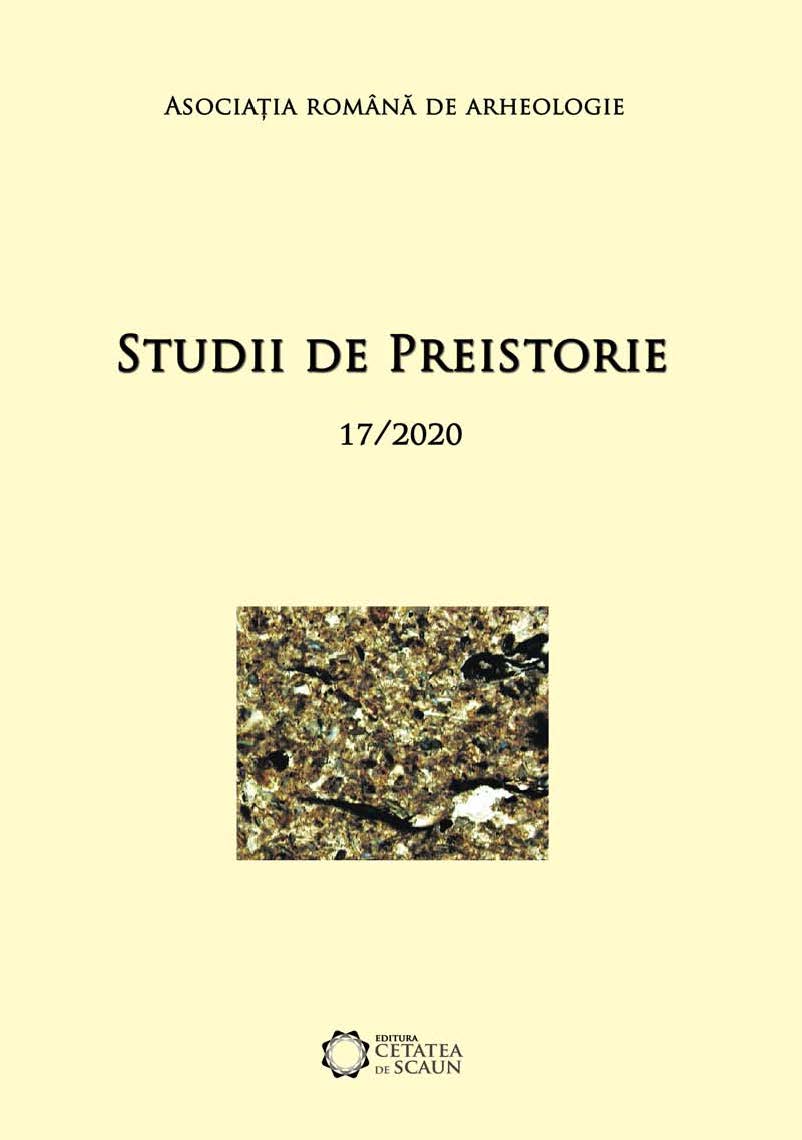Studiul preliminar al materialului faunistic din nivelul Cernavodă I de la Săveni La Movile (județul Ialomița)
Preliminary study of the Cernavodă I level faunal material from Săveni La Movile (Ialomița County)
Author(s): Adrian Bălășescu, Florin Vlad, Valentin RaduSubject(s): Archaeology
Published by: Editura Cetatea de Scaun
Keywords: archaeozoology;animal husbandry;hunting;biometrics;Cernavodă I culture
Summary/Abstract: The faunal material studied in this paper comes from the systematic archaeological researches carried out between 2001-2007 by the archaeologists from the Ialomița County Museum in La Movile point near Săveni village, Ialomița County. A number of 2368 faunal remains from the two archaeological levels of the Cernavodă I culture were analyzed. Most of them are mammal bones (98%) but there are also some remains from mollusk shells, especially from bivalves. Mammals are represented by both domestic and wild animals, the ratio being about 4 to 1 like number of remains. Animal husbandry is dominant. Cattle were exploited in a mixed way, both for milk and meat production, and ovicaprines mainly as milk suppliers and secondary for meat and possibly for wool. Pigs are rare, which would suggest a greater mobility of this population especially when it was necessary to feed a large number of domestic ruminants in need of pastures. Hunting had a secondary role, supplementing the food of animal origin. Large (red deer and horse) and very large (aurochs) sized mammals were hunted. Compared to the other Cernavodă I settlements in southeastern Romania, Săveni La Movile is characterized by the high frequency of large ruminants in the animal palaeoeconomy.
Journal: Studii de Preistorie
- Issue Year: 2020
- Issue No: 17
- Page Range: 111-134
- Page Count: 24
- Language: Romanian

